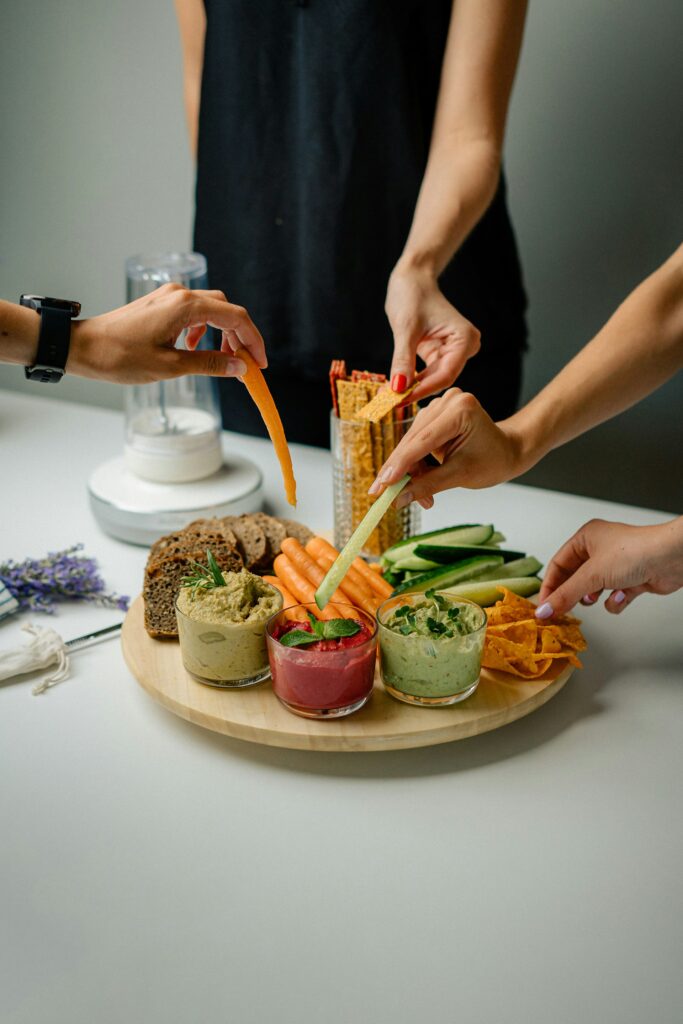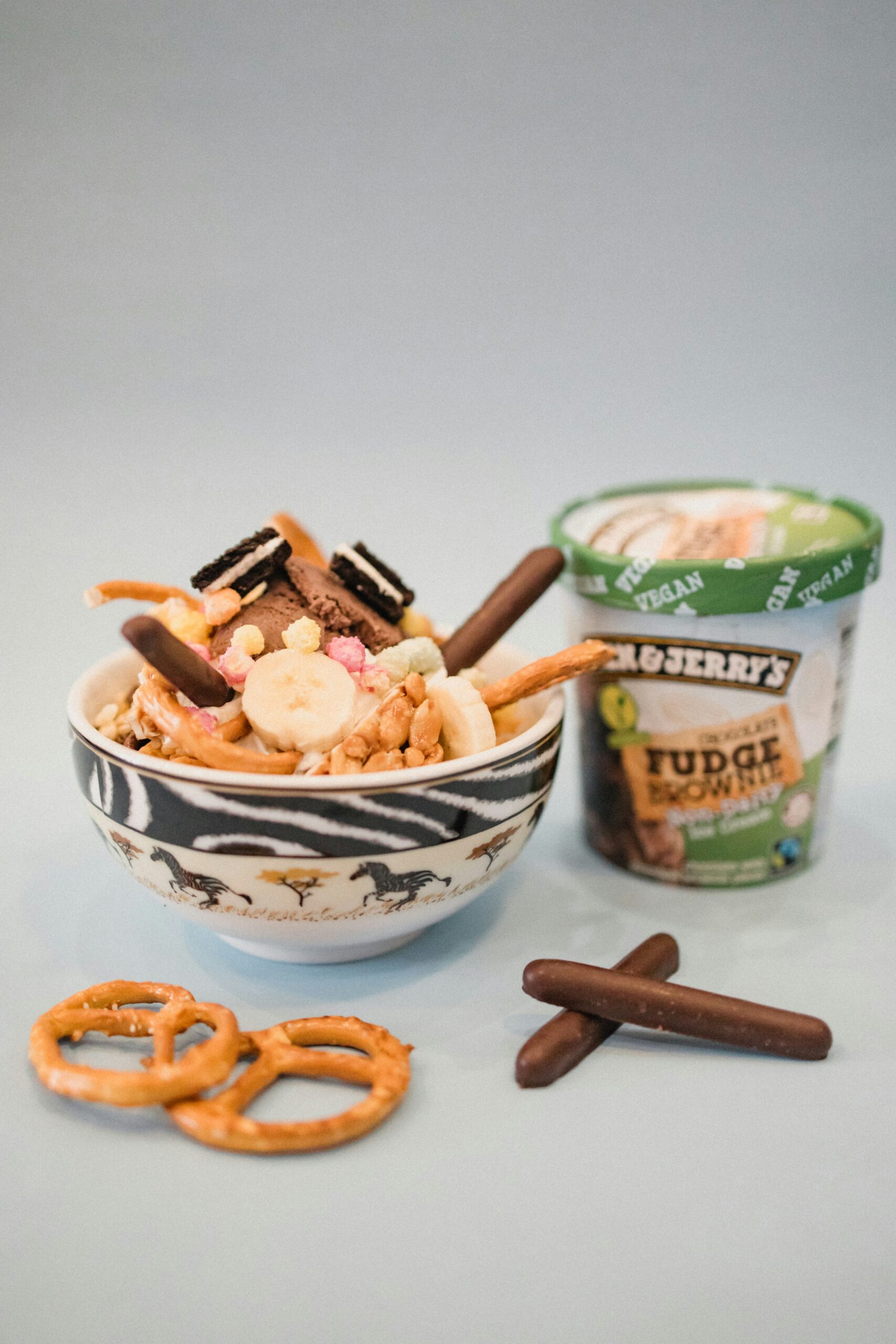There’s a quiet battle happening in kitchens across the UK and it has nothing to do with mealtimes. It’s the snack drawer. You know the one. Full of mini crackers, fruit winders, half-eaten cereal bars and the ever-popular oat bites. Parents everywhere are wondering the same thing: are our kids eating too often, too randomly and far too beige?
From Sunday roasts to snack packs
Food has changed dramatically over the last couple of decades. Time-poor parents and kids with busier schedules mean meals are often rushed or eaten on the go. Snacks have moved from the occasional treat to a daily fixture and some kids seem to graze from morning to bedtime. While convenience is king, many parents are starting to wonder whether this non-stop nibbling is doing anyone any favours.
Nutritionists agree that constant snacking can lead to reduced appetite at mealtimes, poorer nutrition overall and an over-reliance on ultra-processed foods. The result? A generation of children who turn their noses up at dinner and ask for a snack ten minutes later.
Is fussy eating on the rise?
According to the Infant and Toddler Forum, nearly half of UK parents say they feel worried about their child’s eating habits, particularly around fussiness. Many say their child will only eat a handful of foods and becomes distressed when offered anything unfamiliar.
Some of this is normal. Children often go through picky phases, especially between the ages of two and six. But the real concern is when this pattern sticks. If snack foods are used to end every food refusal or tantrum, kids quickly learn to hold out for what they like. Cheese crackers at 4pm? No need to eat your broccoli.
Breaking the snack cycle
So what’s a tired parent to do? First, don’t panic. Fussy eating is rarely a result of bad parenting and more often just a combination of habit, personality and a bit of modern convenience.
Start by reviewing how often your child snacks. Most kids don’t need more than two snacks a day, mid-morning and mid-afternoon. Try to offer them at consistent times, ideally not too close to meals. This gives kids time to feel hungry and increases the chances they’ll actually eat dinner.
Choose snacks that are part of the bigger food picture. Instead of empty carbs, think protein and fibre. Apple slices with peanut butter, cheese cubes with grapes or hummus with pitta strips are filling and help build a more balanced diet over the day.

Bring back the family meal
Family meals are making a comeback, and not just because they look good on Instagram. Sitting down together, even a few times a week, gives kids the chance to watch others eat and try new things without pressure. It also helps food feel less transactional and more social.
You don’t need a three-course roast. A simple scrambled egg on toast dinner or Friday-night pasta around the table counts. The key is sitting together, with no telly and no phones. It doesn’t have to be perfect. It just has to be regular.
Quirky ideas that actually work
Sometimes it helps to bring a bit of fun to the table. Try a ‘new food dice’ where your child rolls and has to try whatever food comes up. Keep portions tiny, think thumbnail-sized, so it doesn’t feel overwhelming.
Another option is to create a ‘taster plate’ with three small samples of different foods they don’t usually eat. Let them pick the order and give them permission to spit it out if they don’t like it. It sounds odd, but removing the pressure often encourages more trying.
And if you’re feeling brave, ditch the snack drawer. Replace it with a visible fruit bowl or fridge tray full of ready-to-eat healthy options. Kids will soon get used to reaching for those when they’re hungry.
Keep it in perspective
All kids go through tricky food phases. The goal isn’t perfect eating but building a positive, pressure-free relationship with food. A few snacks aren’t the enemy but they do need boundaries. With a little structure, a bit of fun and a whole lot of patience, the snack drawer doesn’t have to win.
This post was written by parenting expert Gemma Logan from The Brighton Bucket List.
